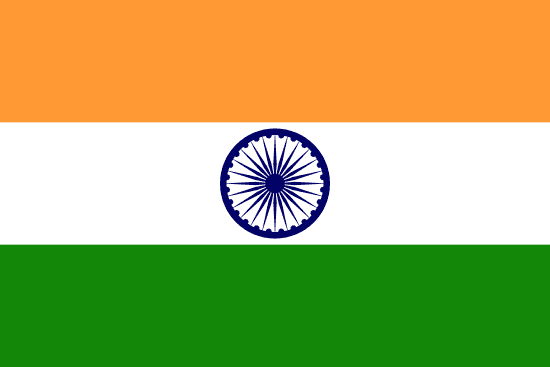"Pune Tithe Kay Une | Pune, Where There is Nothing Lacking"
About:
Pune, India, was established around 937 AD as part of the Rashtrakuta Dynasty. It was later ruled by the Yadava, Mughal, and Maratha empires, becoming the Maratha Empire's political center in the 18th century. The British took control in 1818, developing it as a cantonment town. Post-Indian Independence in 1947, Pune has evolved into a major educational hub and IT center, known for its mix of traditional and modern cultures. Today, it's one of India's fastest-growing cities.
When to visit:
Pune, a bustling city in the Indian state of Maharashtra, experiences a tropical wet and dry climate. The best time to visit Pune is during the winter months, from October to February, when the weather is pleasant and mild. This period allows visitors to explore the city's numerous historical sites, lush green parks, and vibrant cultural scene comfortably. Additionally, the city hosts several festivals and events during this time, providing a rich cultural experience for travelers.
When to avoid:
The city of Pune, located in the Indian state of Maharashtra, experiences a monsoon season from June to September. This period is considered the worst time to travel to Pune on a holiday due to heavy rainfall and potential flooding. The monsoon season can disrupt travel plans and outdoor activities, making it less enjoyable for tourists. It is advisable to avoid visiting Pune during this time if possible to ensure a more pleasant and hassle-free travel experience.
Monsoon Season (Jun–Sep)
Pune's coldest and wettest season is the monsoon, from June to September. Temperatures range from 22°C to 28°C. The city receives heavy rainfall, averaging 722mm, often accompanied by thunderstorms. The sky is mostly overcast, with limited sunlight. An average day for a visitor would involve navigating through rain-soaked streets, with occasional breaks of warm, diffused sunlight. The air is fresh and cool, and the city's green landscapes are at their most vibrant. Carry an umbrella and enjoy the indoor attractions.
"Summer (March-May)"
The warmest part of the year in Pune, India, typically falls between March and June, with May being the hottest month. During this period, daytime temperatures can range from 35°C to 42°C (95°F to 108°F). Rainfall is generally quite low, as the monsoon season doesn't start until June. The city experiences long hours of sunlight, around 13 hours per day, with sunrise around 6 AM and sunset close to 7 PM.
Humidity is relatively low during these months, typically around 30-40%, leading to relatively dry heat. Cloudiness is also minimal, meaning clear, sunny days are the norm. However, as the monsoon season approaches in June, cloud cover may increase.
For a visitor, a typical day in this period would feel hot, especially in the afternoon hours. It's generally sunny and dry, so carrying water, sunblock, and sunglasses is advisable. The heat may be intense for those not accustomed to such temperatures, so indoor activities or sightseeing in the cooler morning and evening hours may be more comfortable. Despite the heat, the low humidity prevents the weather from feeling overly oppressive.
Language:
Marathi is the primary language spoken in Pune, India, serving as the official and most widely used language in the city. Hindi and English are also commonly spoken, with English often used in business and education settings. Additionally, due to Pune's diverse population, languages like Gujarati, Bengali, and Telugu can also be heard.




